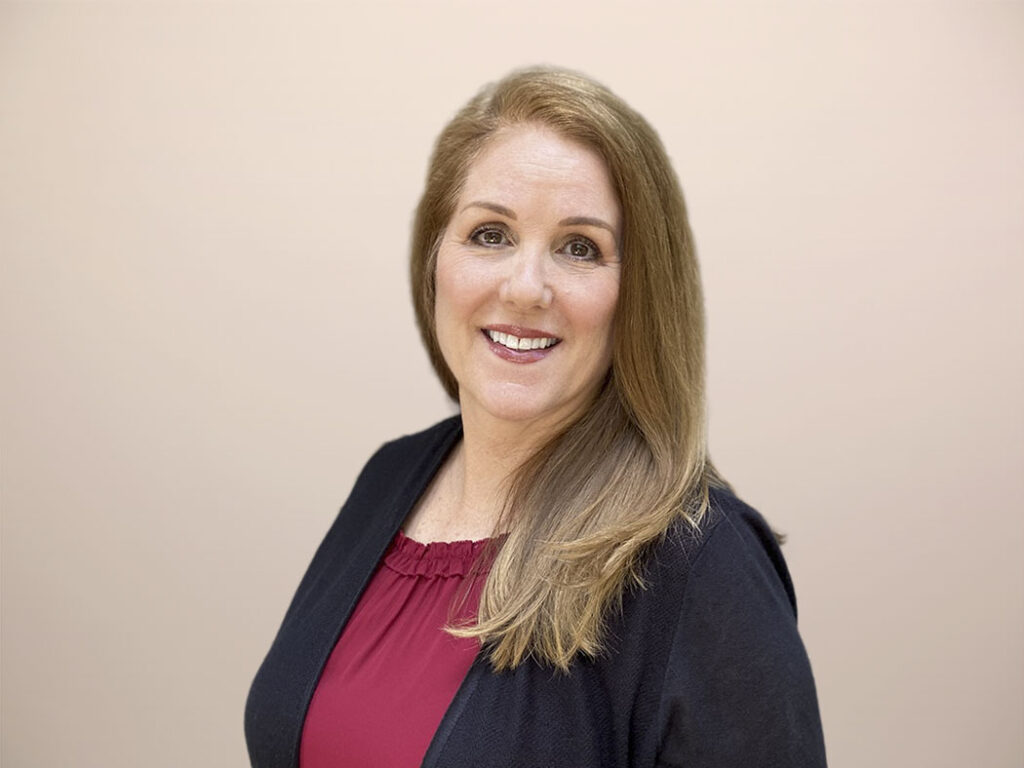Are You Rolling a Boulder Uphill? Make Sure Ops Supports Engagement
- Many organizations have an incomplete picture of their customer journey due to a disconnect between operational functions and customer-facing organizations
- Antiquated operational systems fail to support modern needs for customer-centricity and data-informed customer actions
- Organizations must develop a closed-loop system to connect operational functions and customer engagement, despite the related challenges
Remember some of the early e-commerce also-rans like Pets.com and Furniture.com? These business failed in part because their operations could not reliably and profitably deliver on their brand promise. Meeting or exceeding customers’ expectations is a foundational priority for the leaders and teams doing customer engagement work. But if operational systems can’t support the hyper-personalized, customer-centric approach, all the intentions feel like rolling a big boulder uphill. In the dark. By yourself.

Taking that B2C line of thinking to B2B isn’t a huge jump, as all the beautiful websites and knowledgeable sales teams in the world can’t make up for a subpar post-sale customer experience — especially if your business relies on retention, referrals or a land-and-expand model.
Improving how we deliver on our brand promises, meeting (or hopefully exceeding) our customers’ expectations and super-charging customer centricity are all foundational priorities for the customer engagement leaders and teams doing this work every day. One way to make meaningful progress on those priorities is probably a bit foreign and may seem scary to me and my ilk: Get aligned with the back-office technologies and teams who own and manage them!
Personally, I’ve had an eye-opening experience over the last few months as my new Forrester colleague Liz Herbert and have worked on a presentation we’ll be giving at the SiriusDecisions Technology Exchange 2019 on December 10 and 11 at the Gaylord Rockies in Denver.
Our session is called “The Ties That Bind: How Connecting to Back-Office Tech Improves the Customer Journey.” We are exploring how critical it is for customer engagement teams to understand and be able to influence what goes on in the back office. Liz focuses on the enterprise application services market, and I focus on customer engagement, so we are near-perfect proxies for the challenges that our particular audiences face.
We use the analogy of an iceberg; what is seen may only be a small portion of what makes up the whole. I think the analogy works because of how a more modern approach to navigating around an iceberg results in much better outcomes. If the Titanic had access to modern sonar technology, for example, it might not have sunk. In much the same way, if our back office technologies were historically deployed to maximize customer centricity, selections and priorities might have evolved differently.
In our session, Liz and I dig into the customer lifecycle stages and call out examples of how things often go awry, and describe how to better align the front- and back-office teams to improve or even eliminate some critical challenges. We also share industry-specific scenarios and explore real-world examples.
Working with Liz has been a great collaboration, and I’m looking forward hearing from our attendees about how our advice lands with them — and working with our clients to bring our best practices to life.
